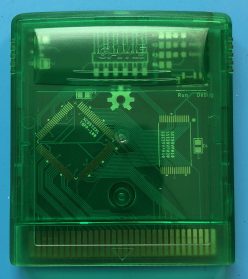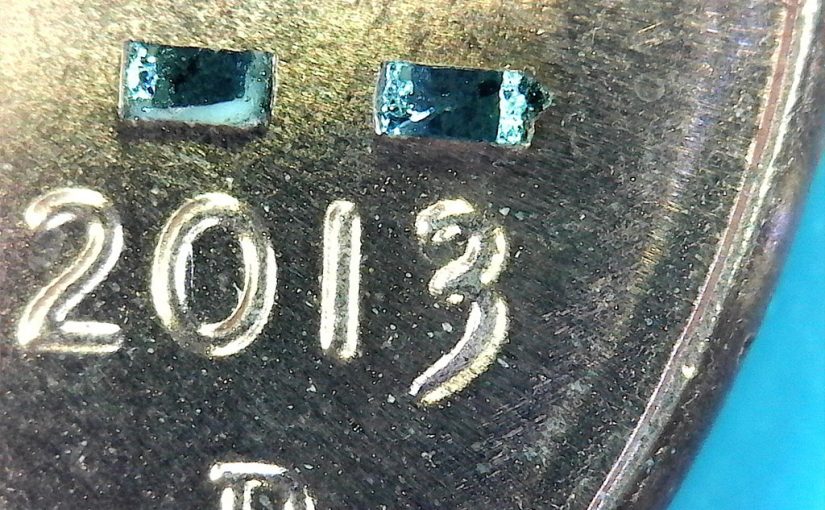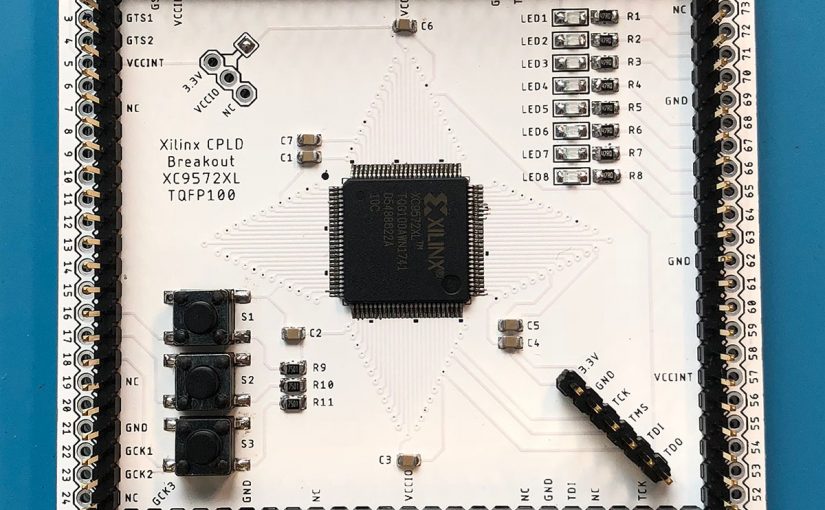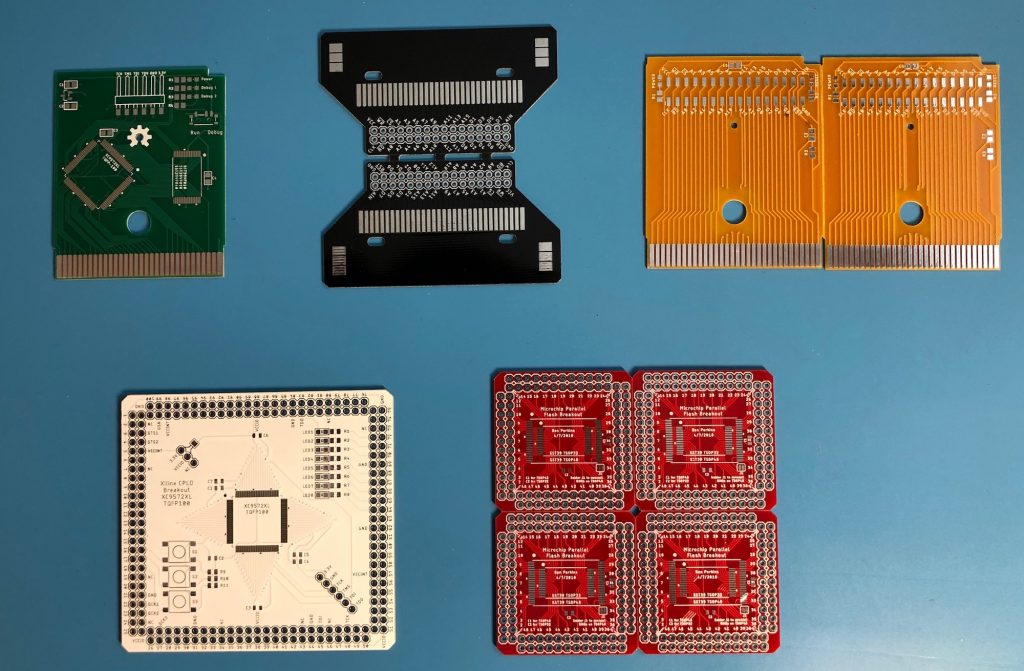Recently I was putting a backlit screen into a Game Boy Advance, which is a common and fairly easy mod. Unfortunately, the plastic outer shell didn’t want to close completely, so against my better judgement, I decided to file down the solder joints on the cartridge connector using a Dremel. While this did shave off a millimeter or so, the Game Boy no longer worked when I put it back together – classic Game Boy games had a corrupted Nintendo logo and GBA games showed no logo at all. I figured that the vibration from the Dremel might have fractured some of the solder joints on either the cartridge reader or the CPU, so I reheated each of those pins to allow the solder to reflow and form cleaner joints.
At this point, classic Game Boy games now showed the proper logo, which allowed them to start, but there were some graphical glitches during gameplay, and GBA games still didn’t boot. Something was still wrong. Continue reading Quick Game Boy Advance Repair



